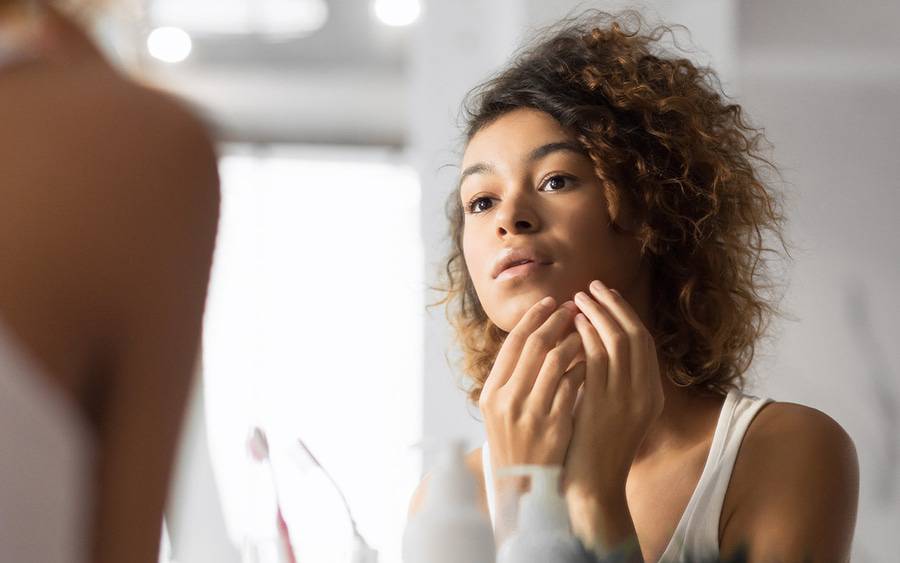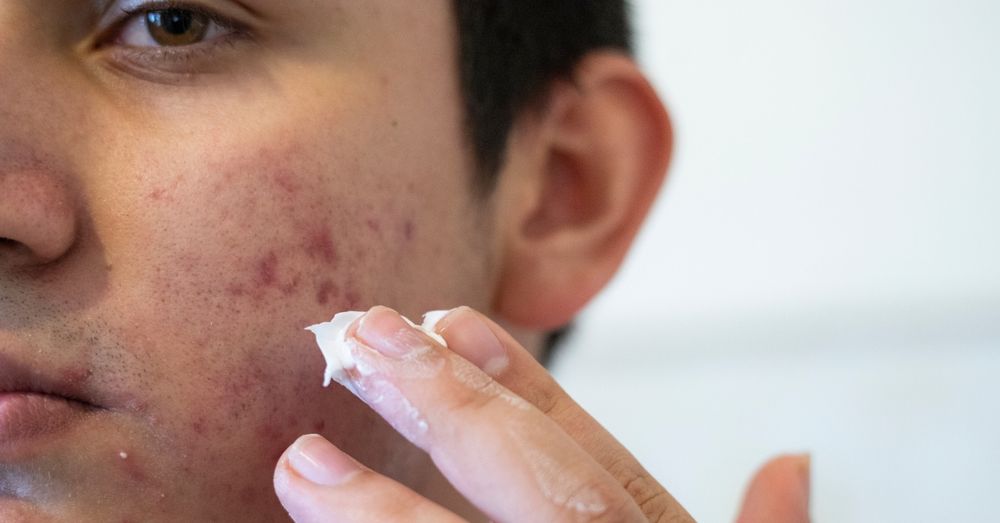Acne and Acne Scars Treatment: Transform Your Skin with Proven Solutions
Acne and Acne Scars Treatment: Transform Your Skin with Proven Solutions
Blog Article
A Comprehensive Overview to Taking Care Of Skin Conditions: Focusing on the Treatment of Acne Scars
Acne marks stand for a substantial concern for many people, usually impacting self-esteem and general skin health. Recognizing the different kinds of acne scars, such as atrophic and hypertrophic, is vital for reliable management and therapy.
Understanding Acne Scars
Comprehending acne marks includes acknowledging the complicated interplay between skin recovery and the inflammatory processes that occur throughout acne outbreaks. Acne creates when hair follicles come to be obstructed with oil, dead skin cells, and bacteria, bring about swelling. This inflammatory action is vital for battling infection but can also result in damage to the skin's tissue.
When the body tries to recover itself, it creates collagen, a healthy protein crucial for skin structure. The quantity and top quality of this collagen can vary, leading to various types of scars. Factors influencing scar formation consist of the intensity of the acne, specific skin type, genetics, and the body's healing action.
Prompt management of breakouts lessens inflammation and tissue damage, which are essential factors in mark advancement. Eventually, comprehending the underlying systems of acne and its recovery process is essential for reliable management and avoidance of acne marks.
Kinds Of Acne Scars
The complexity of acne marks can be categorized into numerous distinct types, each mirroring the underlying skin damages and healing action. One of the most common types consist of atrophic scars, hypertrophic scars, and keloids.
Atrophic scars are characterized by depressions in the skin and are commonly the result of not enough collagen manufacturing during the healing process. These marks can better be categorized into icepick, boxcar, and rolling scars, each differing fit and depth. Icepick marks are slim and deep, appearing like small punctures, while boxcar marks have a wider, much more angular appearance. Rolling scars develop a wave-like appearance on the skin's surface area.
Hypertrophic scars, on the various other hand, are increased and arise from an overproduction of collagen throughout healing. These scars might vary in size and can often discolor over time yet may continue to be prominent.
Keloids are a much more severe kind of hypertrophic scarring, extending past the original injury website and often calling for extra aggressive therapy choices. Comprehending these kinds is necessary for figuring out one of the most reliable treatment strategy customized to an individual's specific mark type and skin problem.
Topical Therapies

Topical treatments play a vital role in managing acne marks, offering individuals an array of choices intended at boosting skin texture and look. These treatments primarily concentrate on advertising skin regeneration, minimizing pigmentation, and boosting overall skin tone.
One of the most extensively made use of topical representatives is retinoids, which are by-products of vitamin A. Retinoids promote collagen production and speed up cell turnover, assisting to decrease the appearance of marks in time. Furthermore, alpha hydroxy acids (AHAs) and beta hydroxy acids (BHAs) can scrub the skin, eliminating dead skin cells and advertising a smoother surface.
An additional reliable group consists of topical antioxidants, such as vitamin C, which can aid to lighten hyperpigmentation linked with acne marks while providing anti-inflammatory advantages. Silicone gels and sheets have been revealed to moisturize and flatten scars, making them much less recognizable.
Hydroquinone is typically used for its skin-lightening buildings, although it needs to be used cautiously due to possible negative effects. Including moisturizers that have active ingredients like hyaluronic acid can even more support skin healing and boost appearance. For optimal results, it is a good idea to seek advice from a skin specialist for individualized treatment recommendations.

Specialist Treatment Choices
When it comes to addressing a lot more severe acne scars, patients typically turn to expert treatment choices that can supply much more dramatic outcomes than topical therapies alone. These interventions are typically provided by dermatologists or accredited specialists and consist of numerous approaches tailored to specific skin types and scar extent.
One of one of the most typical treatments is chemical peels, which utilize acids to promote and exfoliate the skin regrowth. This strategy can dramatically decrease the appearance of superficial marks. Microneedling, another reliable choice, involves developing micro-injuries in the skin to boost collagen production, improving structure and reducing marks.
Laser treatment is likewise commonly employed, with fractional lasers particularly targeting scarred areas while protecting surrounding skin. This method can generate remarkable renovations in skin look over a number of sessions. Furthermore, dermal fillers are utilized to bring back quantity and smooth out irregular skin surfaces, supplying prompt, albeit temporary, outcomes.
Way Of Life and Natural Remedy
Integrating lifestyle modifications and natural home remedy can play a substantial duty in taking care of acne marks, matching professional treatments. Maintaining a balanced diet plan abundant in vitamins, minerals, and anti-oxidants can facilitate skin healing - acne scars. Foods high visit the site in vitamin C, such as citrus fruits, and those containing zinc, like seeds and nuts, advertise skin regeneration and help decrease swelling
Hydration is additionally important; alcohol consumption ample water maintains the skin hydrated, assisting in its all-natural repair service processes. Regular workout boosts blood circulation, which can boost nutrient shipment to the skin and enhance overall skin.
Along with dietary modifications, integrating topical home treatments can be helpful. Natural components such as aloe honey, tea, and vera tree oil have this antibacterial and anti-inflammatory homes, which may help in lowering the appearance of scars. Exfoliating the skin with mild scrubs can additionally advertise cell turnover, helping in the fading of marks in time.
Furthermore, developing a consistent skincare routine that consists of sunlight protection is important, as UV direct exposure can darken marks. By integrating these way of life adjustments and natural remedy, individuals can enhance their skin's healing process and attain a more also skin tone.
Final Thought
Efficient monitoring of acne marks demands a comprehensive understanding of their types and the hidden systems entailed in scar development. A mix of topical therapies, professional treatments, and way of life alterations can dramatically boost skin recovery and lessen mark presence. Highlighting the value of collagen manufacturing, a balanced diet regimen, and a consistent skin care routine adds to enhanced skin wellness. Ultimately, a multifaceted strategy ensures ideal outcomes in the treatment of acne marks, promoting restored self-confidence in people influenced by this problem.
Recognizing acne marks involves recognizing the intricate interplay between skin healing and the inflammatory processes that take place throughout acne episodes. Aspects affecting mark development include the extent of Your Domain Name the acne, individual skin kind, genes, and the body's healing feedback.
These marks can even more be identified right into icepick, boxcar, and rolling marks, each varying in shape and depth. Icepick scars are deep and slim, appearing like tiny leaks, while boxcar scars have a broader, more angular appearance (acne scars).Efficient management of acne marks requires a detailed understanding of their kinds and the underlying devices included in mark formation
Report this page